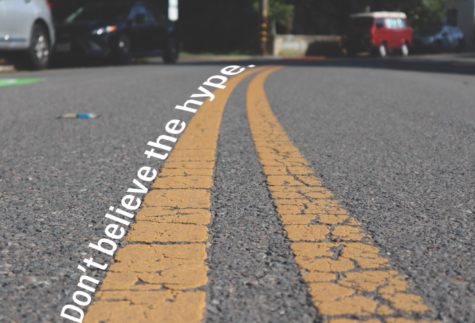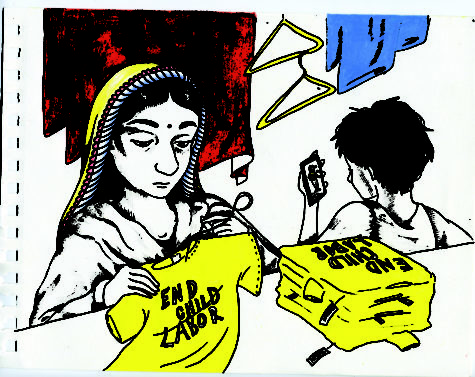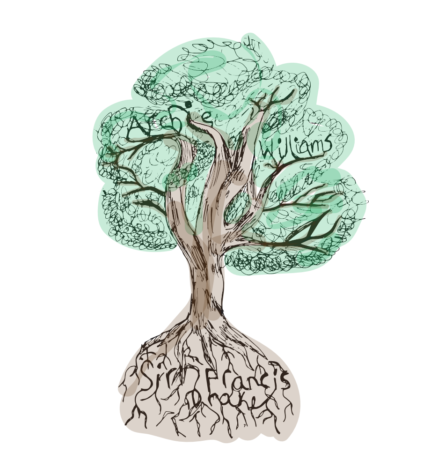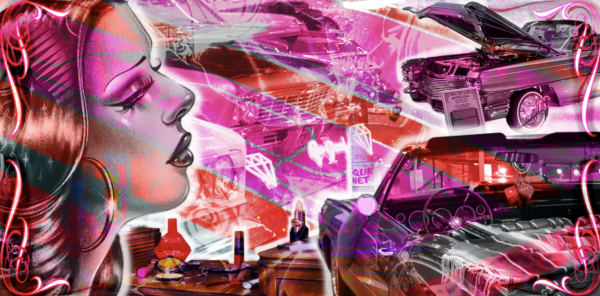Marin isn’t immune to racial injustice
“Our question is simple: what is Mill Valley doing to show that black lives matter?” a citizen asked.
“It is a council policy that we do not take action on issues that are not at immediate local importance. But we appreciate hearing everyone’s comments,” Mill Valley Mayor Sashi McEntee said in a virtual town hall meeting on Tuesday, June 2nd.
Given Mayor McEntee’s response, it is inarguable that racial ignorance in Marin is incredibly prevalent. Due to the lack of the county’s diversity, locals often assume that issues of race do not affect their town or neighboring ones.
Counter protests to the Black Lives Matter movement such as Blue Lives Matter and All Lives Matter are championed in our affluent community. Blue Lives Matter and All Lives Matter exist as a response to Black Lives Matter, to invalidate its message. All lives won’t matter until black lives do.
It’s easy to be ignorant to the Black Lives Matter movement when Marin is 85.5 percent white. The majority of the population will never experience discrimination because of their race. Yet, people seem to have forgotten about the 2.8 percent black population mostly segregated into Marin City.
Deeds preventing people of color from buying Marin homes began the segregation of the county. This practice goes back to the 1930s, with the Federal Housing Administration (FHA) ordering a nationwide appraisal for real-estate investment security.
Local realtors rated affluent suburbs as “Type A” and outlined them in green on maps. “Type D” neighborhoods, often older districts with black communities, were ranked with the lowest value. They were seen as the riskiest for investors and were outlined with red, coining the name “redlining”.
Private companies also redlined, following the FHA manual to receive federally subsidized loans. These guidelines state that “incompatible racial groups should not be permitted to live in the same communities”. FHA recommended highways to separate white and minority neighborhoods. Mortgage appraisers graded entire middle-class suburbs as “risky” if a single black family owned a residence there.
The racial bias of appraisers sentenced entire communities to poverty, forcing them to receive loans from predatory lenders for homeownership. People of color didn’t have home equity, which is critical for sending children to college, deducting mortgage interest from taxes, and passing wealth to the next generation.
Even after the 1968 Fair Housing Act passed, black families could no longer afford the homes they could’ve 30 years ago, as the value increased. The scars of redlining are still evident across the country.
Marin’s history of segregation has created consequences that are visible in Marin City today. Data varies, however, nearly thirty-three percent of the city lives below the federal poverty line of 20,420 dollars, according to a United Way Bay Area survey from 2017. This statistic is staggering considering only eight percent of Marin County lives below the poverty line. Most people in Marin City find it incredibly difficult to buy Marin homes, receive grants from banks, and receive proper schooling for their children.
Additionally, police brutality is a local issue. In November of 2019 a SWAT team raided Marin City in relation to the Orinda Halloween shooting, traumatizing residents. This raid was concerning considering that there was little to know correlation between Marin City and the Orinda aside from their large black communities. Back in 2013, Chaka Grayson was shot 13 times by sheriff’s deputy Evan Kubota. Kubota had a long history of violating sheriff policies, but he kept his badge for six years. The county chose to maintain the position of an officer who repeatedly showed irresponsibility. While these are some of the only reported events of police brutality in Marin City, it surely is not indicative of how relevant the issue is in Marin.
So, when someone such as Mayor McEntee says that racial injustice is “not of immediate local importance” it omits the racial based struggles in Marin city, further perpetuating racial ignorance in Marin. Because of this, many Marin kids have a history of using racial slurs and vandilizing with white power symbols.
Marin can’t just leave out parts of the race narrative to make the county more comfortable. Racial injustice is uncomfortable and there is no way to tip-toe around the issue, like Marin County tends to do.
In order to enact change, racial injustice and the Black Lives Matter movement need to not only be recognized, but considered a local issue. Nationwide change doesn’t happen overnight. We cannot idle by and expect someone else to heal the country. Nationwide change starts locally.
Ignorance and white privilege go hand in hand. It’s easy to be ignorant about racism when you don’t actively experience it. If you truly want to combat racism as a white person, do your best to educate yourself and your friends about your white privilege. Listen to the perspectives of people of color and learn about black history; do your best to understand why you are at an advantage in life because of the color of your skin.
It’s not your responsibility to be the voice that speaks on behalf of all people of color. It is, however, your job to listen when they talk and do your best to be a white ally. Posting a black square on your instagram with the caption “#blacklivesmatter” doesn’t enact change. However, emailing, calling, and writing letters to your local politicians, signing petitions, and donating to organizations dedicated to racial justice are a step in the right direction.
Your donation will support the student journalists of Archie Williams High School. Your contribution will allow us to purchase equipment and cover our annual website hosting costs. Each donation will receive a magazine subscription for a year (6 copies a year), and become a part of the important work our publication is doing.
$35 -- Subscription to the magazine
$50 -- Silver Sponsorship
$75 -- Gold Sponsorship
$100 -- Platinum Sponsorship










